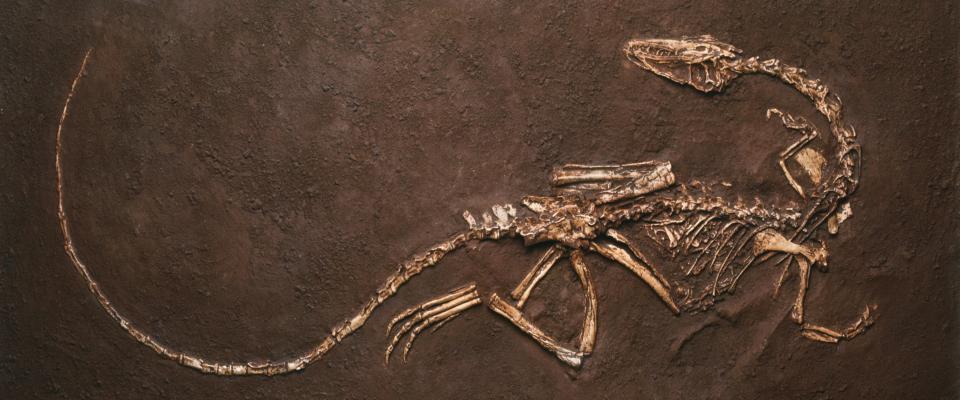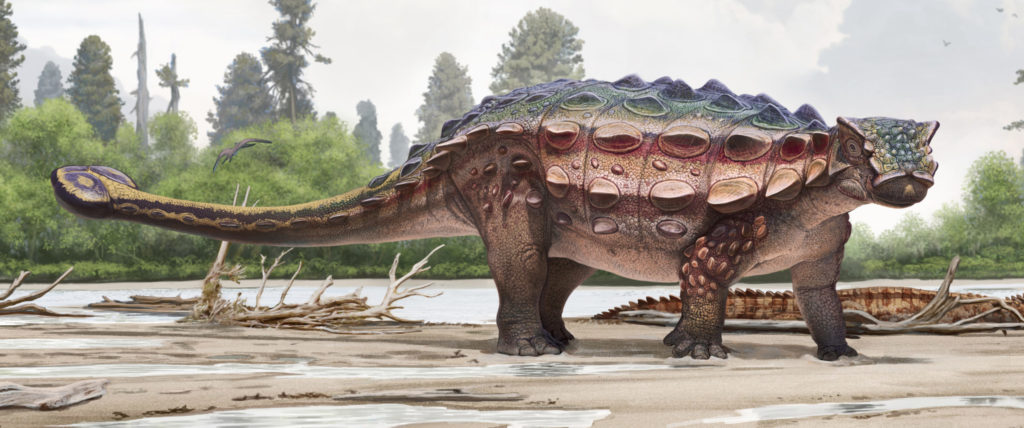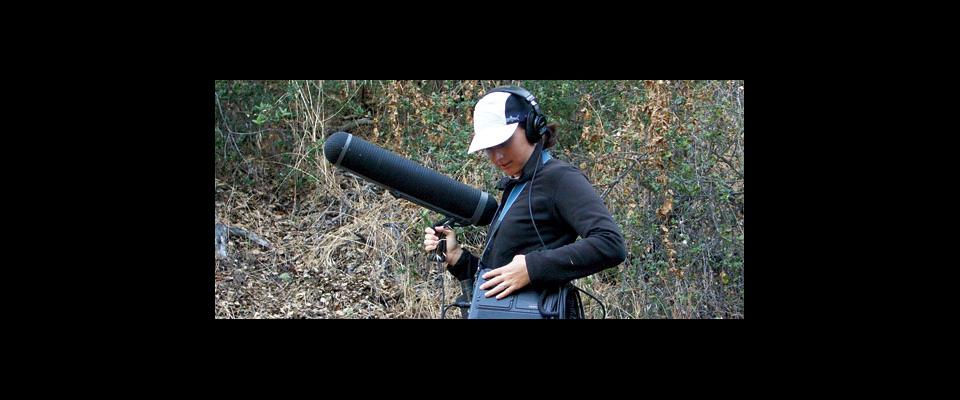How birds are helping scientists understand dinosaurs
As you probably know by now, dinosaurs didn’t really go extinct—they evolved into birds.
The paradigm-shifting moment came in 1964 when Yale paleontologist John Ostrom found a dinosaur fossil that reminded him more of a modern raptor than it did a lizard. The discovery led Ostrom to conclude that birds, not reptiles, are the closest living relatives of dinosaurs.
“Birds are a kind of dinosaur. That hasn’t been in serous discussion for two decades,” says Kevin Padian, a former student of Ostrom’s who is now a Berkeley professor and curator of the paleontology museum. “We just can’t even conceive of what dinosaurs were like by looking at reptiles today.”
Padian is part of a new generation of paleontologists who take the dinosaur-bird link as a starting point. Rather than trying to find more evidence to buttress the connection, he says, “We kind of turn it around and say, if birds are a kind of dinosaur, where do they get their attributes from?” It is proving to be a fruitful line of inquiry.
Paleontologists had long wondered, for example, why so many dinosaur fossils are found in the classic death pose—head thrown back, spine arched. The general assumption had been that the contortions resulted from post-mortem desiccation. That conjecture had a problem, however: If the carcasses had been drying in the sun, why hadn’t they been devoured?
Birds provided a clue. Padian’s colleague, Cynthia Marshall Faux of the Museum of the Rockies, a veterinarian as well as a paleontologist, immediately recognized the posture as one she’d seen in asphyxiated birds. The insight led her and Padian to posit that the dinosaurs, possibly suffocating in gases and ash from volcanic eruptions, had assumed the pose during their death throes.
In another paper, published this year, Padian’s lab quantified the growth rates of some dinosaur species. Ornithologists know a mother bird’s bones grow an extra layer just before she lays her eggs. After a similar feature was discovered in Tyrannosaurus rex, Berkeley researchers, by counting layers of bone in fossil specimens, were able to determine that dinosaurs like the fearsome Allosaurus developed quickly, becoming sexually mature in adolescence.
The paleontology department, which pre-dates the University itself, was folded into Integrative Biology in 1989, around the same time that Ostrom’s ideas were becoming mainstream. While the move has had its disadvantages (space constraints, for example, mean that some of the University’s fossils must be stored in the Campanile), it has also had the advantage of placing under one roof scientists who study living birds and those who study their Jurassic relatives—a disciplinary proximity that promises to yield more discoveries regarding the “terrible lizards.”






















